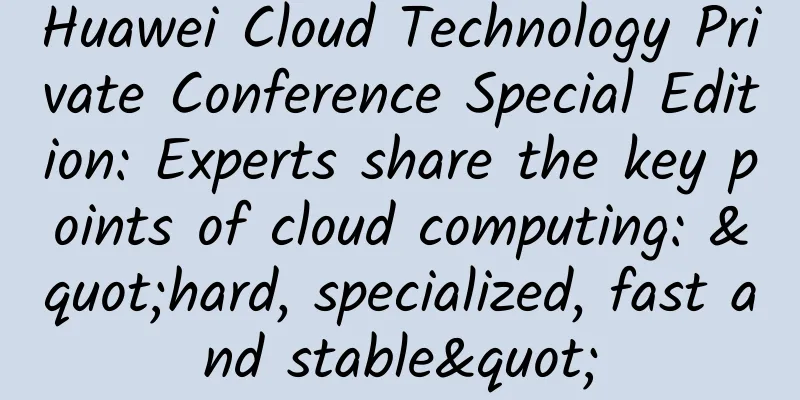Does eSIM have a big impact on mobile network operators?

|
The number of cellular Internet of Things (IoT) connections is forecast to exceed 4 billion by 2025, up from 2 billion in 2021, with a large portion of them being used in the industrial sector. IoT has become a game changer for different industries as it transforms the way businesses operate by optimizing data analytics in almost all areas. This trend has accelerated with the rise of cellular IoT technology, facilitating real-time connectivity between devices. However, as the availability of IoT devices and mobile connectivity requirements increase, mobile network operators (MNOs) are faced with the challenge of supporting all IoT devices on their networks. Fortunately, emerging technologies like eSIM (eUICC) are revolutionizing the way mobile operators operate. For mobile network operators, the advantages of eSIM technology are numerous. Let's explore some of the ways operators can benefit from adopting this new technology. Mobile network operators take advantage of eSIMThe implementation of eSIM mainly helps mobile network operators to effectively respond to the IoT revolution by achieving cost optimization and new customer acquisition. eSIM technology also enables mobile network operators to provide better customer experience to their users by enhancing security measures and efficiently monitoring system performance. Using eSIM, mobile network operators can easily upgrade, downgrade or suspend data packages according to customer needs. The telecommunications industry is constantly evolving and modern technologies are enabling mobile network operators to tap into new revenue streams. eSIM technology is a new technology that can help mobile operators increase their subscriber base and reduce churn rates. As we move towards an increasingly digital age, adoption of eSIM technology is expected to grow further with the rise of cellular-enabled IoT devices. This new technology offers freedom, flexibility and ease of deployment across different industries. We can say that eSIMs will not replace traditional SIMs anytime soon, as cellular IoT only accounts for a small portion of the market. That said, cellular IoT, powered by eSIMs, presents a great opportunity for mobile network operators to exploit. If we look at the total addressable market (TAM) for a mobile phone or a connected tablet, the TAM is capped at 6 or 7 billion people. If we take into account the world of connected IoT devices, the TAM will jump from billions to eventually trillions if we look at the long-term growth of IoT. As more and more IoT devices come online, meeting the different mobile network requirements of various industries faces challenges. However, with the flexibility and over-the-air (OTA) capabilities of eSIM, mobile network operators can respond to the growing demand for IoT connections and provide a large number of new services, thereby gaining a competitive advantage. The ease of deployment and flexibility that eSIM brings to mobile networks is unparalleled. While still new, we can say that eSIM technology offers an ideal solution for the emerging world of IoT. As technology continues to advance, it is exciting to see how mobile network operators will use emerging technologies such as eSIM to disrupt traditional models and change the way they operate. Cost savings and efficient network managementWith the implementation of eSIM technology, mobile network operators have saved a lot of money. Since eSIM allows remote management over the air (OTA), it can reduce the cost and hassle of manually physically managing thousands of SIM cards. In addition, with the help of eSIM, mobile network operators do not need to maintain an inventory of various SIM cards, as all configurations and related data (such as service profiles and settings) are stored remotely in the cloud. This enables mobile network operators to use their network resources more efficiently, reduce expenses and simplify supply chain management. Increase flexibility and adaptabilityeSIM technology is extremely flexible and offers several advantages to mobile network operators. Since the device profile of an eSIM is fully programmable, customers have the freedom to dynamically switch between networks or mobile plans without having to change physical SIM cards. This provides customers with a sense of convenience and mobility to adapt to the changing needs of mobile network services, data usage and pricing. With such flexibility, mobile network operators can now easily provide global services, catering to a wide range of IoT connected devices, which is an issue with traditional SIM cards. |
<<: Passive Wi-Fi technology bridges the digital divide
>>: Traditional Networks vs. IoT Networks: What’s the Difference?
Recommend
F5: Hybrid cloud architecture behind the "Double Eleven" carnival
The total sales volume of the entire network reac...
It is estimated that by the end of 2020, the number of 5G users in North America will reach 20.9 million
North America is currently one of the most develo...
ERROR 1273 (HY000): Unknown collation: 'utf8mb4_unicode_520_ci'
Today, when importing a MySQL database, I encount...
Driving innovation and unleashing the unlimited potential of fiber optic LAN
It’s no secret that there are hard limits associa...
Let’s talk about the privacy and security of 5G technology
On March 17, 2022, the European Parliament's ...
CMIVPS Seattle VPS (AS4837) simple test
We have previously shared information about CMIVP...
ColoCrossing: $10/year-1GB/20G SSD/1Gbps unlimited traffic/Los Angeles & New York data centers
ColoCrossing also started selling VPS, which is w...
From military industry and national defense to commercial aerospace, what has Kunyu Lancheng, a private "special forces", learned?
[51CTO.com original article] At the beginning of ...
What happens behind the scenes when the Ping command is issued?
01 Overview [[274853]] As for the ping command, I...
Turn off WiFi to avoid base stations for fear of radiation. You are wrong again
[[434629]] I didn't expect that in 2021, ther...
RackNerd: $19.99/year KVM-1.8GB/28GB/3TB/Los Angeles Data Center
RackNerd has launched some promotions in Los Ange...
Does leaving the router on for a long time affect the Internet speed? Yes, it does!
Is your router often turned off? Anyway, I will n...
BuyVM Miami KVM is online, AMD Ryzen 3900X + NVMe hard drive starting at $2/month
BuyVM announced yesterday that it has launched it...
Let ChatGPT tell you how to build a lossless network that supports ChatGPT computing power
With the acceleration of digital transformation o...









